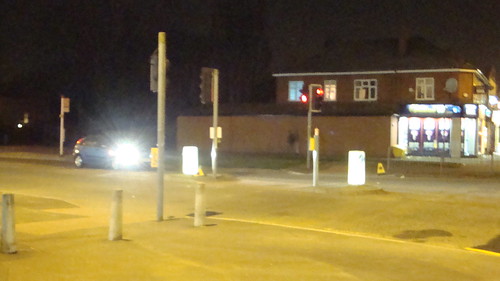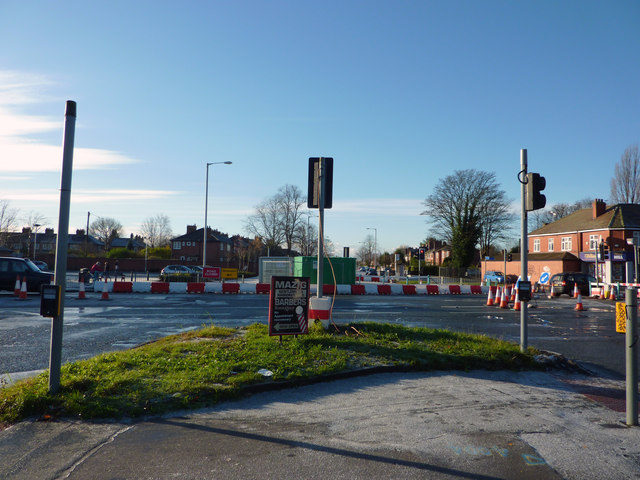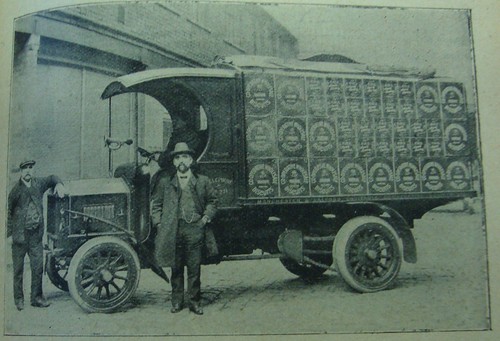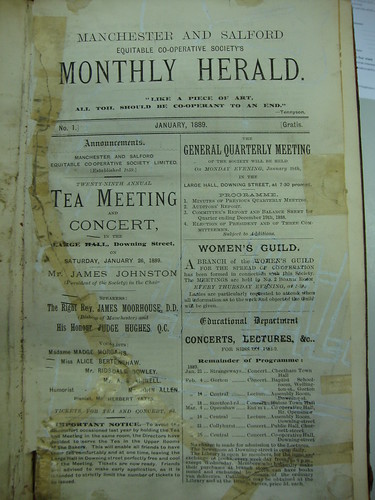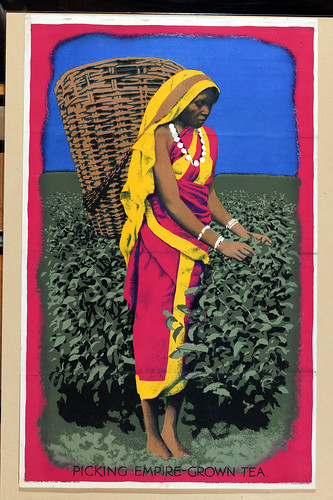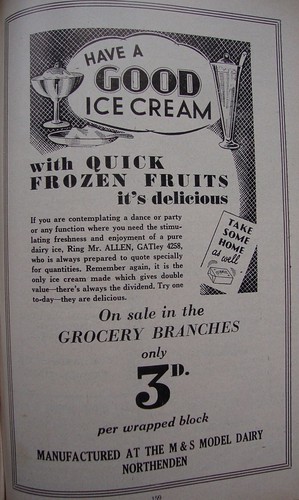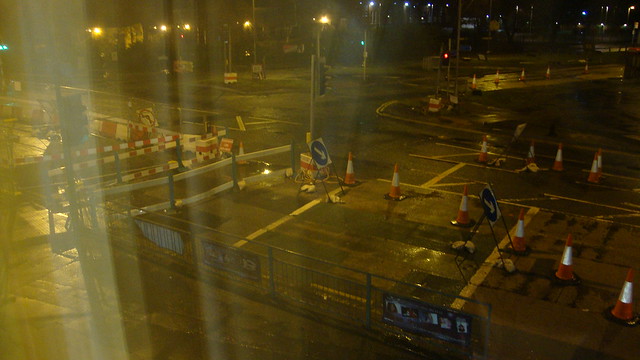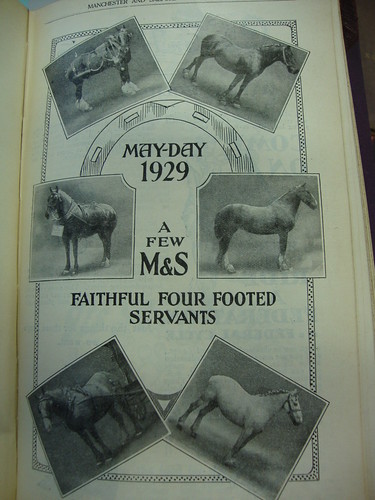

We're back here in 1929 when the Hardy Lane store opened. There was a small stable block at the back of the shop completed over 18 months the shop opened. It's a familiar story of having to get the builder back to complete the job after promising to finish the construction. It was still standing until the recent re-modelling of the premises though the couple of horses that would have stabled had been long been put out to pasture.
There are those who are still with us who can still remember horse drawn transport of food, fuel and sundries. Not just home deliveries of bread, coal and milk but the transportation of supplies from depots to the shops.
In these photographs the M&SE Co-op are shewing off just a few of their working horses, and they had over seventy, for a May Day parade. There was a large procession under grey skies and the threat of rain. It assembled at Ardwick Green and went to Belle Vue to hear the speeches.
Wish I knew more about horses, you know breeds, hands height, and all that harness work. However you can still appreciate that attraction of looking at and being near horses. They add to any parade.
The M&SE founded in 1859 adopted home deliveries within their first year of existence. It was free of charge which has never been the norm in grocery retail. At first it was just a handvan, but several months later this was supplemented with a horse and cart.
"
It was soon seen that if the business was to be substantially expanded then some means must be found to save members the inconvenience of carrying their purchasing any distance, and when this was obviated by buying a horse and van the further need arose of establishing branches nearer to cater for members as near to their homes as possible."
Home delivery wasn't a luxury for the carriage trade and the well healed middle classes it was used by working class customers. The first M&SE Co-op was in the densely populated area of terraced houses, mills and foundries of Ancoats.
When this co-op society expanded onto the new housing estates the delivery service came too. Also another branch at the south of the estate, on Merseybank Avenue was established. Same as back in 1859-60.
References : Manchester & Salford Herald 1909 page 150. The Manchester Guardian January 8th 1909. These are articles at the time the Society's Golden Jubilee.
